Jainism, one of the oldest existing religions, must have evolved gradually, taking an organised form around the end of ninth century BCE, through the preaching of Parsvanatha, the 23rd tirthankara and Mahavira, the 24th thirthankara. It is believed that Jainism spread to South India when King Chandragupta of Maurya Dynasty (c. 324 BC to c. 188 BC) adopted this religion and migrated to Karnataka along with the Jain saint, Bhadrabhahu. This incident is described in an inscription at Sravanabelgola, dated to CE 600. In Kerala, structural evidence for Jain culture dates back to eight or ninth century CE. However, this tradition is not well understood at a popular level. The image gallery has rare images from these age-old Jain temples of Wayanad, Kasaragod, Palakkad and Ernakulam districts, vividly capturing the architectural, structural as well as historical peculiarities of these temples. These stone structures are also rich in relief sculptures.
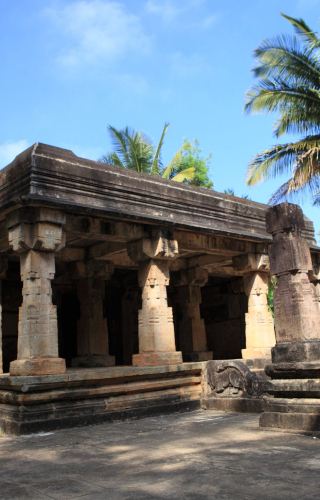
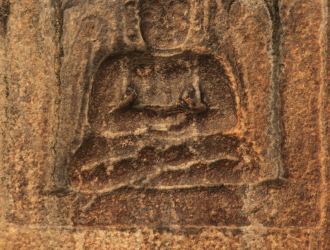
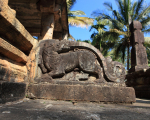
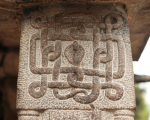
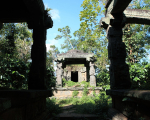

Rajesh Karthy and A. Mohammed
Rajesh Karthy hails from Annur, Kannur District, Kerala and currently lives in Thiruvananthapuram, Kerala. He works as a designer and director. He designed the film Chitrasoothram and documentaries which include Visha Paravam and a documentary on South Indian Jain Iconography. He is one of the founding members of the experimental media collective Neelavelicham.
A. Mohammed has worked as a photographer in several critically acclaimed films, short films and documentaries. He has undertaken the documentation tasks associated with several research initiatives with a focus on archaeological excavations. He has received a number of awards and recognition including the Junior Fellowship for Photography by the Department of Culture and the Best Cinematographer award in the Bharat P.J. Antony International Film Festival.










